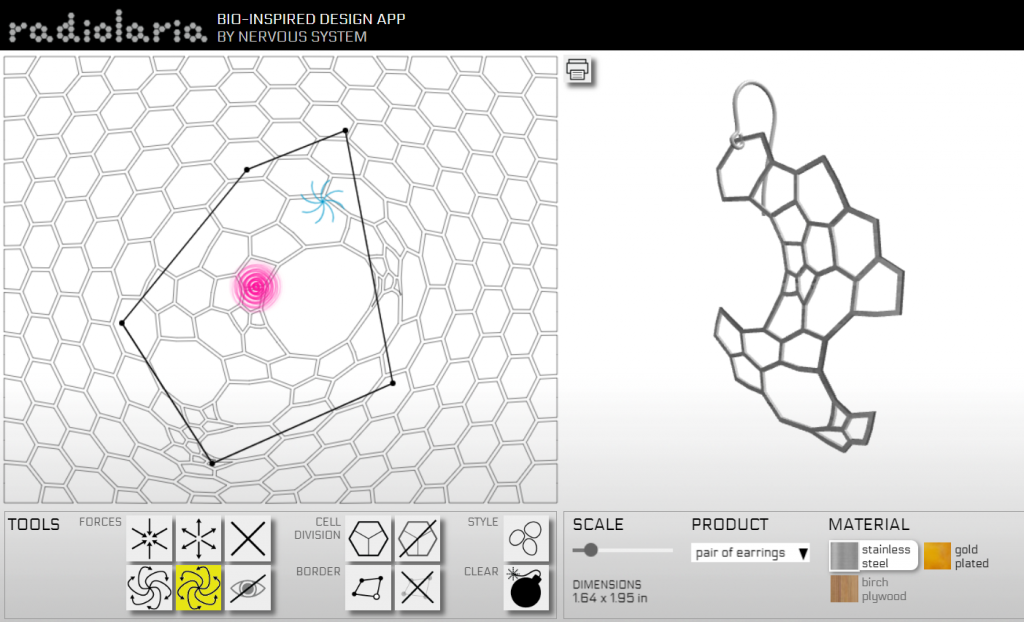I love this project because of how absurd the music is. I think people put a lot of stake and emotion in music, but a computer doesn’t. Despite this, I think people will always find patterns or emotion in sounds that are utterly random. A computer can make music that a human would never dream of, because we want things to make sense. Computational music doesn’t make sense (or at least the stuff I have seen so far).
The project I looked at was Playable Decagons. The creator had a visual of an octagon and corresponded things like its orientation and size to specific musical notes. When the decagon is manipulated it will play a funky song of mashed together notes at different tones and timings. It sounds horrendous from a music theory standpoint, but I couldn’t help dancing along to the weird sounds halfway between spaceship violin and ocean roar.
Evette LaComb
![[OLD SEMESTER] 15-104 • Introduction to Computing for Creative Practice](../../../../wp-content/uploads/2023/09/stop-banner.png)

